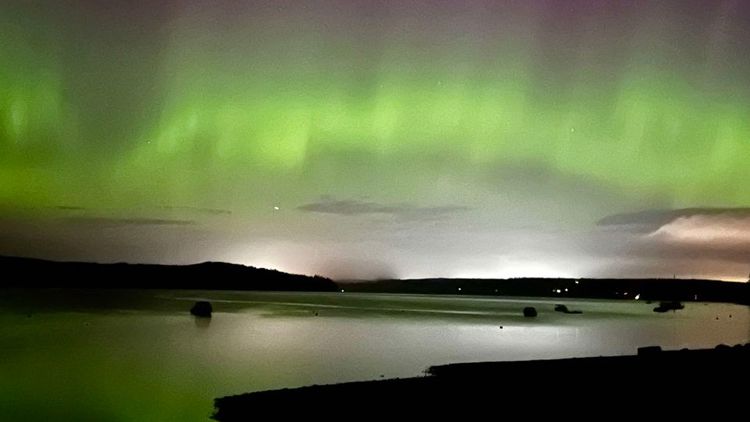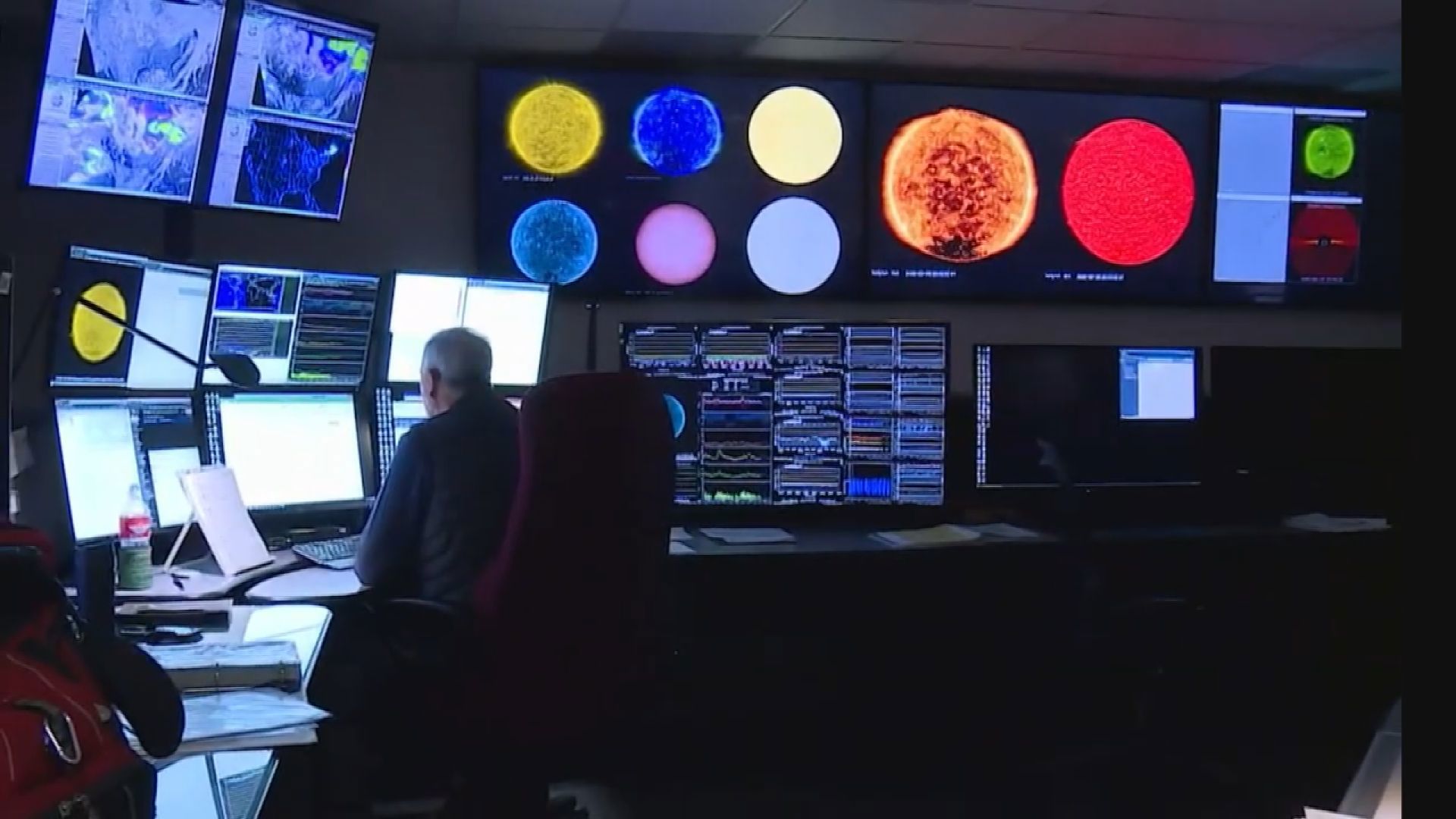SEATTLE — There is a chance to see the northern lights in Washington on Monday night, although weather could be a limiting factor.
The National Oceanic and Atmospheric Administration is forecasting geomagnetic storms measuring at G1 to G2 - on a scale of one to five. This is a minor to moderate geomagnetic storm. The view line for Monday night's solar storm reaches southern Washington.
However, clouds are expected to increase Monday night and into Tuesday morning as the next weather system approaches the coast, which could hinder visibility.
The northern lights, or aurora borealis, are a result of the effects of solar storms. During coronal mass ejections, a kind of storm, the sun can send electrified gas toward the Earth, delivering energy and small particles down magnetic field lines. Particles can interact with atmospheric gases to produce visuals of light in the sky.
Monday night's storm is the result of a coronal mass ejection and coronal hole high speed streams from separate events, according to NOAA. Coronal holes are areas of open, unipolar magnetic fields, which can let solar wind escape into space, creating high speed streams of solar wind.
The aurora is measured using the Kp index, which is a scale of 0-9. NOAA’s tips on viewing the aurora share this scale for viewing:
For Kp in the range of 0 to 2, the aurora will be far north, quite dim in intensity, and not very active.
For Kp in the range of 3 to 5, the aurora will move further from the poles. It will become brighter and there will be more auroral activity (motion and formations). If you are in the right place, these aurora can be quite pleasing to look at.
For Kp in the range 6 to 7, the aurora will move even further from the poles and will become quite bright and active. At this geomagnetic activity level, it might be possible to see the aurora from the northern edge of the United States.
For Kp in the range 8 to 9, the aurora will move even further towards the equator and it will become very bright and very active. These are the events that create the best aurora and the extended auroral oval will be observable by most people. At these levels, the aurora may be seen directly overhead from the northern states of the U.S.



